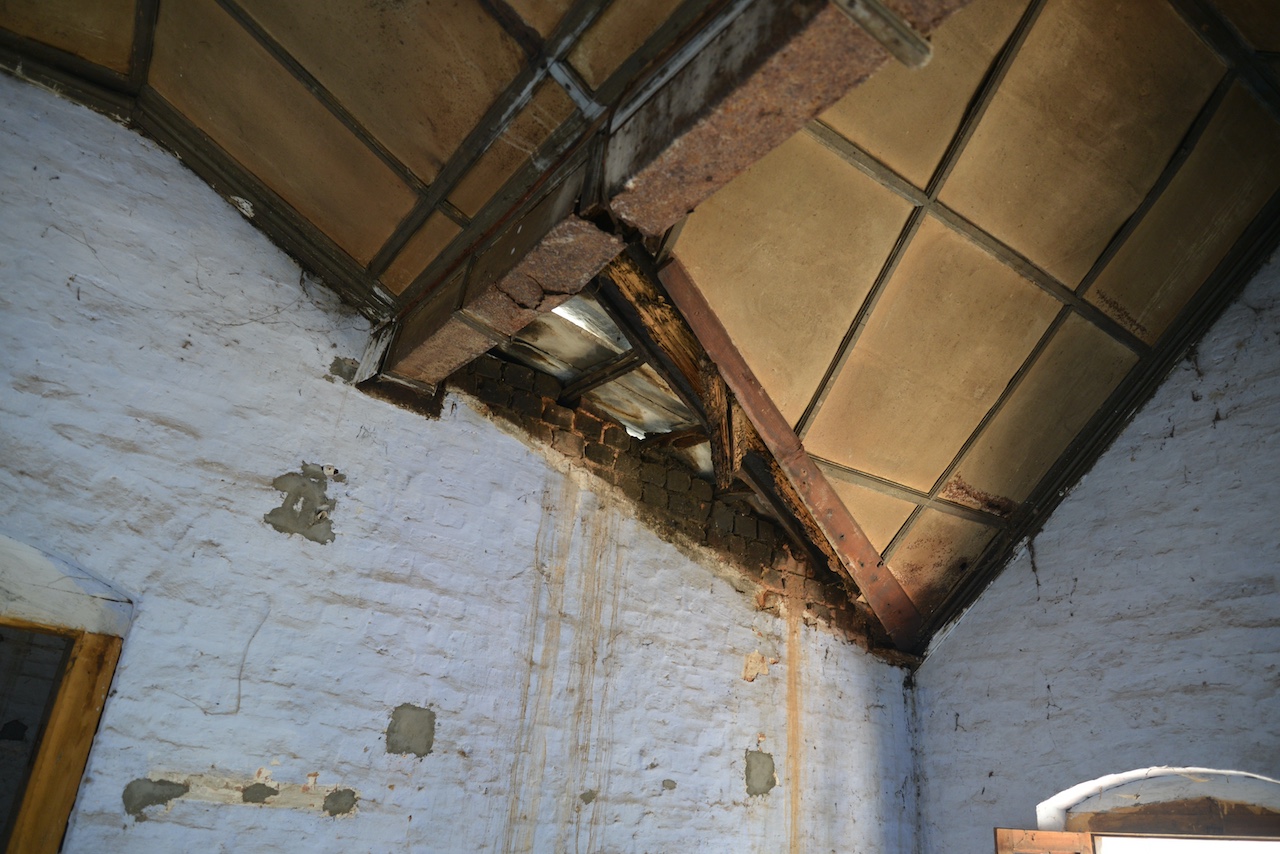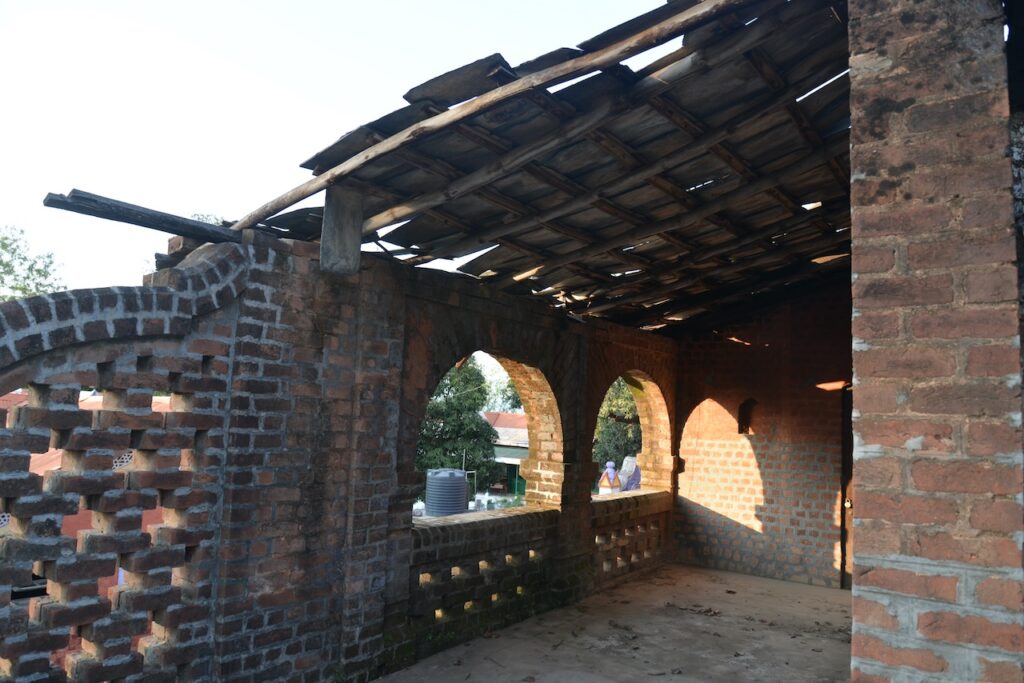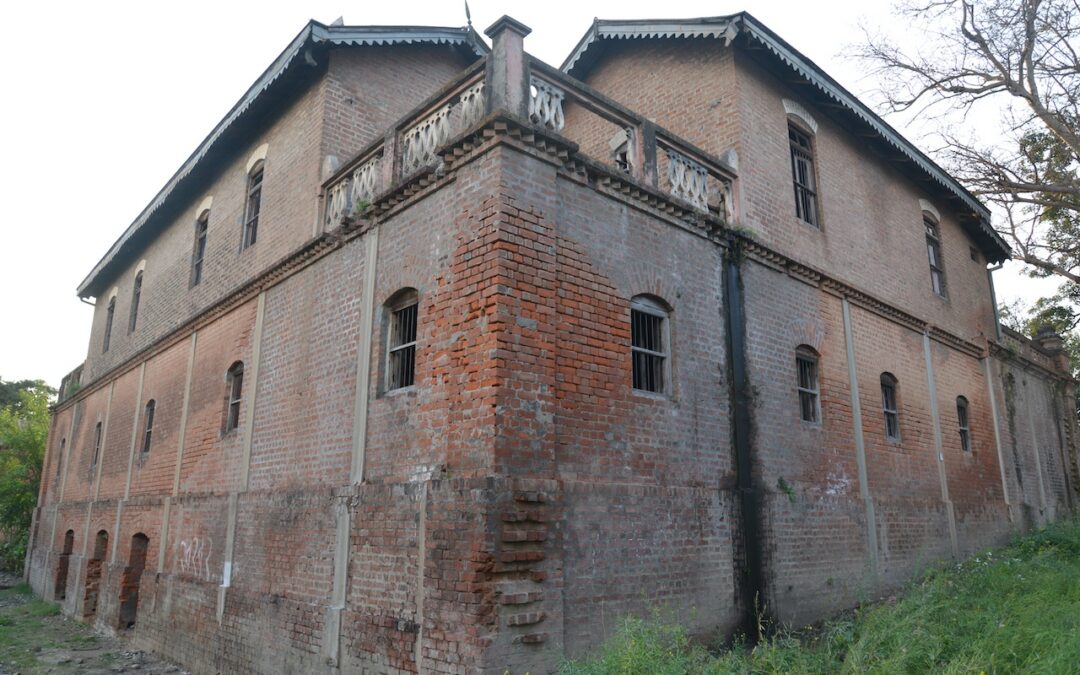What do we do with the building?
A dilapidated building is never a pretty sight. Especially when it’s a part of one’s inheritance, and a responsibility. Not only was she in shambles, she was filthy and stinking. The villagers complained, and we listened helplessly. Even if we were to clean the place, there was no guarantee that it would remain so, for she had become a haven for unsavoury activities.
Selling the place was not an option, and we could see that she needed substantial repairs. We left, promising to do something, but really did not know what we would do.
But one thing was clear. If we did renovate the place, then it must generate some income. But the question was – what? . Would it be a hotel? Or a hostel? Perhaps a hospital? Or do we just let it continue as a Sarai? Only questions, no answers!
An opportune encounter
Then, one evening, we met with an interesting team of people who were involved in restoration of localities with the help of the Government and the local community. Encouraged by their success in Afghanistan, they were now working on some projects in India.
We explained our dilemma to them and told them of our constraints – both of us were now retired, we had no experience, and not enough money. Nevertheless, they showed interest. Anne Feenstra, a Dutch Architect, and the leader of the team, graciously agreed to spend time with us in Garli and come out with options. Some months later, he presented us with several possibilities, all very interesting and practical.
Do we, or don’t we?
Now we had options, but we still hesitated. We talked to people. They told us we were crazy. “Why waste your money there”? they reasoned, “buy real estate here and make money”, “enjoy your retired life”, cajoled others, “why are you taking on this headache?”
But there was this voice that kept niggling us to do something, so we tried to look at the positives
- Her life would be enhanced significantly
- She could once again become relevant.
- Travellers could once again come and stay here like ages ago
- There would be increased economic activity in the village
And what were the negatives?
- Renovation costs would be huge
- Local skills were not available for renovations of this nature
- We were not businessmen. We did not have any prior experience

Roof in shambles all across
In other words, this large commitment of time, resources on our part offered no guarantee of a favourable outcome. So why should one put money into a venture one nothing knows about? Any sensible businessman would walk away!
But we were not being sensible, and we were not businessmen! That voice! It kept niggling away! “Do something”, it said, “don’t fritter your inheritance away!” it persisted, “You will find the money, be resolute!”
The moment of reckoning
We returned to the village to look at things all over again. We saw a group of tourists walking through the village. Some of them came looking for a place to stay, others asked to use the bathroom. The villagers told us that it was a regular feature. They also came to us asking for jobs for themselves or for their children. They complained of lack of opportunity and cajoled us to bring some activity to the village
That evening, our daughter confronted us, hands on her hips. “What have you decided?” she asked. We fumbled for an answer.
“Hotel, Hospital, Hostel, or a Travellers inn?” she persisted. We sat quietly.
Her look was strikingly similar to what a schoolteacher may give to an errant child. “Do you want to do something or not?” We nodded
“Congratulations, parents”, she smiled, “you are going to set up a tourism unit. I will leave it to you to work out the details!”
And that is how Naurang Yatri Niwas was born!

Decision taken, renovations begin!


Not only the very interesting historical antecedents of Part -1, but the story of an unspoken contemporary connection to the roots of this structure and this land.
It was silently appealing to you..
And maybe your ancestors, too aided in the unseen, tugging your concience to this complete this noble quest.
It’s great to see that it happend. These walls are still talking… to all of us.
In various pockets of India, our heritage and culture come back to us… in newer ways for newer generation. But it’s hard work
I wonder if you were ever in touch with INTACH…they inspect, evaluate and even help restore old Indian architectural buildings, including ancestral properties. Then they give them a lable as a heritage home.
That’s anyways now done. Enchanting travelogue through time. All the best!
Thank You! You may be right about the building appealing to us, for every time we passed her by (pre renovation) we always tended to stop and stare. Now when I go in, I can feel her warmth and welcome!
Well worth the effort you put in .The children always have it on their itinerary . A pat on the back for the tough decisions you had to make .